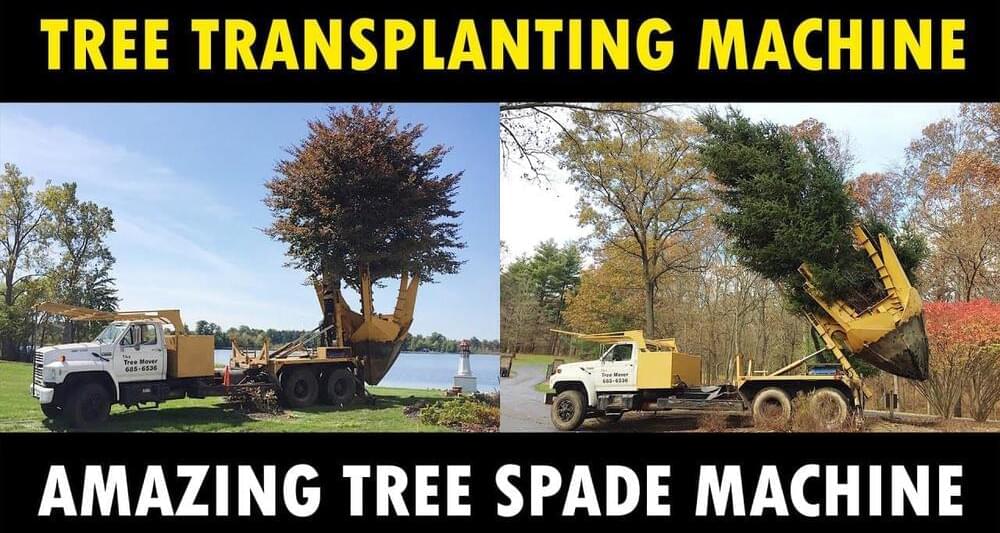Mar 12, 2022
Solar+food in ethanol fields could fully power the United States
Posted by Quinn Sena in categories: food, sustainability
Converting the nation’s 40 million acres of ethanol corn farms into solar-plus-food facilities would generate 1.5 times our nation’s electricity needs, while also powering a 100% electrified passenger vehicle fleet.


















